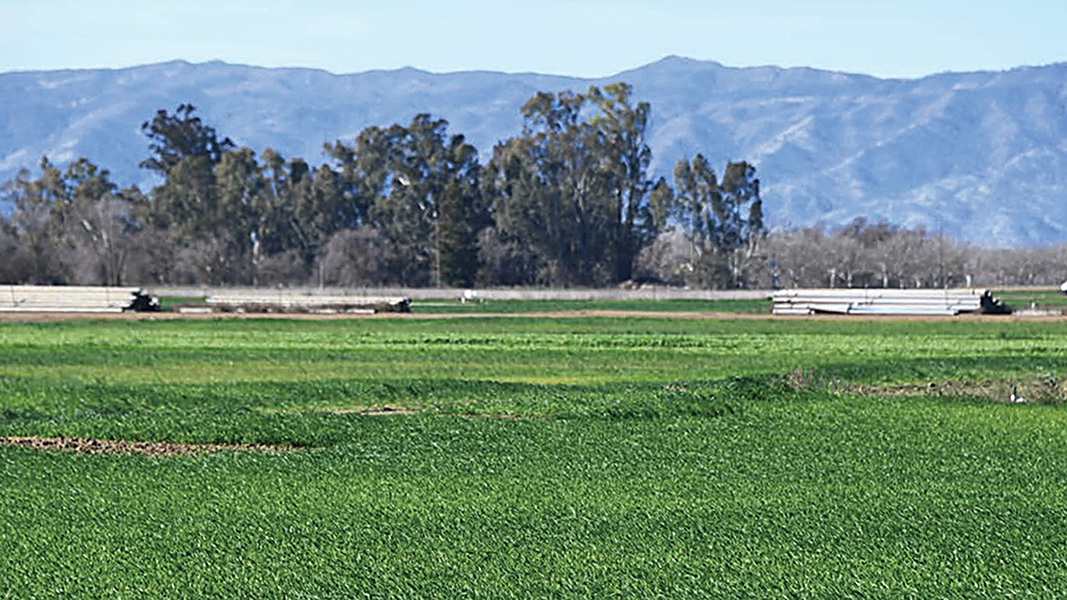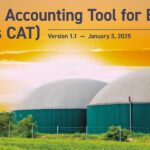Top: Cover crop. Photo courtesy of Sustainable Agriculture Research and Education
A new study, Banking on Soil Health: Farmer Interest in Transition Loan Products, was released this month by two national environmental organizations — the Environmental Defense Fund and The Nature Conservancy — and their collaborator, Beck Ag, a market research firm. The report is based on interviews with 100 Iowa farmers with the intent of gaining a “better understanding” of the financial impacts of soil health practices on farmers and their financial partners. Notes a press release, “Healthier soils come with multiple opportunities for farmers to improve water quality and crop yield resilience, meet consumer demand and support supply chain initiatives, and participate in emerging carbon markets.” The farmer interviews were conducted to “better understand their interest in transitioning to soil health practices like cover crops, conservation tillage and nutrient efficiency,” and explore ways lenders could support the transition.
The soil health management and agronomic practices included in the study are: No-till, reduced till and strip till (all aimed at reducing the frequency or intensity of soil disturbance); Use of cover crops to maintain vegetative cover and reduce soil erosion; Nitrogen optimization, or the 4Rs: “right fertilizer source at the right rate, at the right time and in the right place;” Herbicide optimization; and Extended crop rotations, defined as three or more crops over five years.
Curiosity drove me to search the PDF of the report using the key words compost, composting, and soil organic matter (SOM). There is zero mention of compost and composting, and one mention of SOM — in the title of a reference. And no mention of manure — a nutrient-rich source of fertilizer, which is plentiful in Iowa (the state is the largest producer of hogs). This was disappointing, especially when a survey of farmers in California who are enrolled in the state’s Healthy Soils Program found that compost application was the #1 soil health practice used. It led by 72% of farmers surveyed, double the next highest practice, cover cropping (36%).
Okay, enough of my rant. Key findings of Banking on Soil Health are:
- Only 35% of farmers discuss soil health practices with their lenders.
- While just 40% of farmers surveyed believe that soil health practices improve profitability in the first year or two of adoption, nearly 90% stated that they improve long-term profitability.
- When presented with an example soil health transition loan product that included either a 1% interest rate decrease or $10/acre cost share incentive, half of surveyed farmers were interested in participating.
States the report: “Farmers who adopt soil health practices enhance their long-term profitability and farmland value, which can translate to reduced risk in agricultural loan portfolios.” It suggests that lenders “capitalize on these opportunities” by increasing their understanding of the risks and opportunities in lending portfolios and the role soil health practices can play to create value for lending institutions; developing and testing soil health transition loans; and incorporating long-term financial projections of soil health practices when evaluating loan opportunities.














